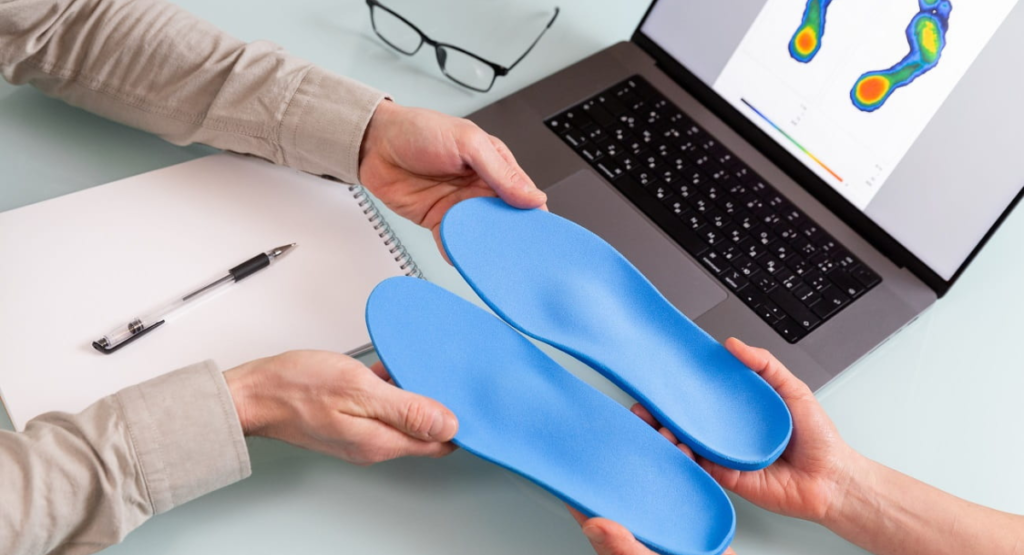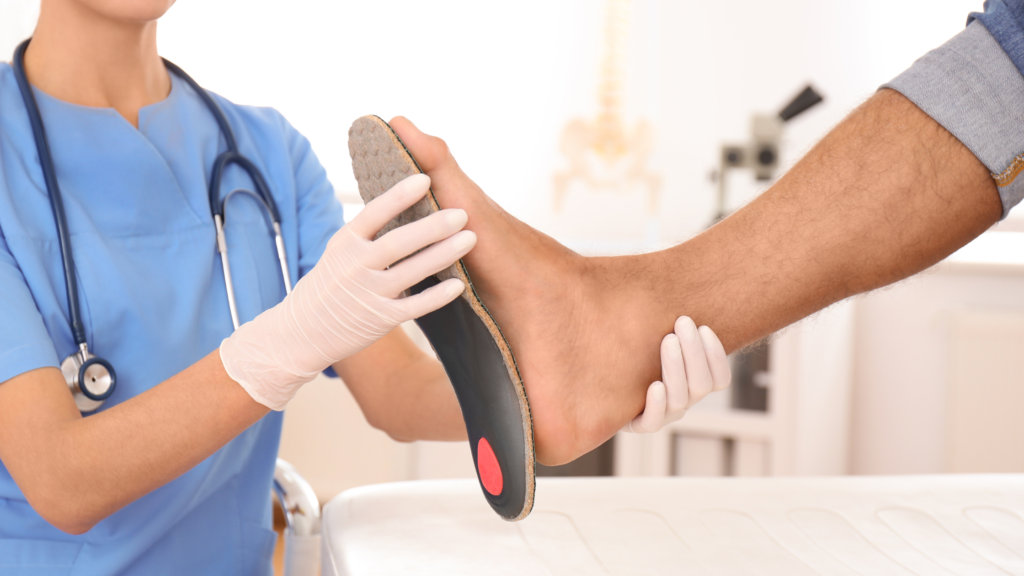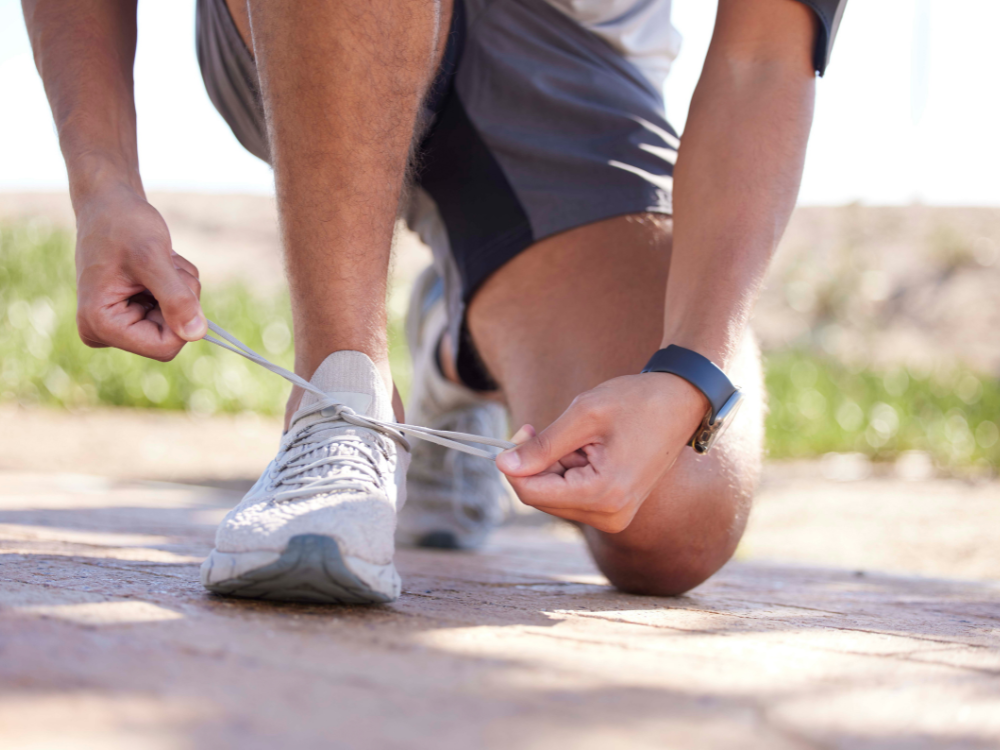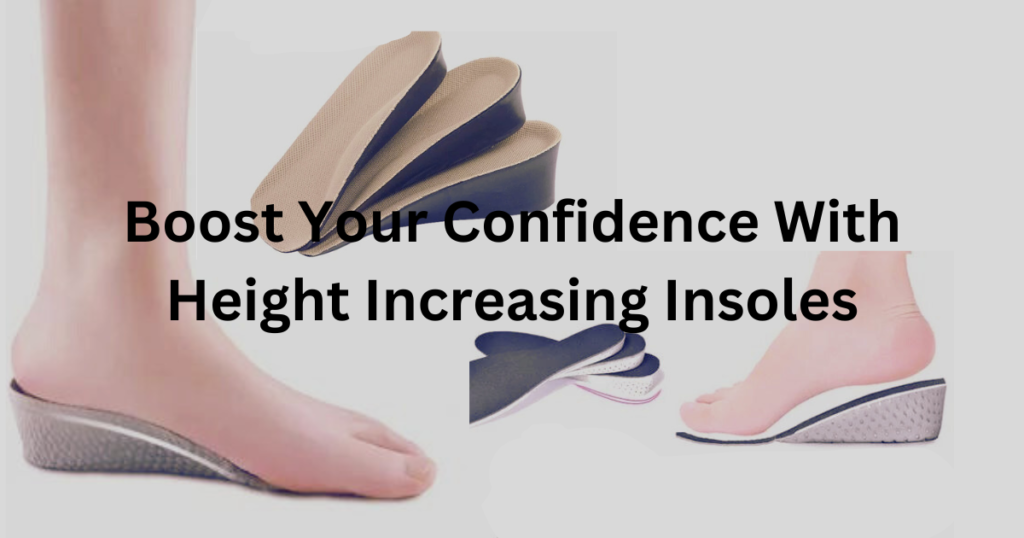Orthotics, commonly known as foot inserts or shoe insoles, have emerged as an effective solution for various foot and lower limb conditions, notably knee pain. Let’s find out how orthotics help in knee pain, their types, how they function, and their benefits.
What are Orthotics?
Orthotics are distinctively designed shoe inserts that aim to modify foot load and functioning. They come in different materials such as ethylene-vinyl acetate (EVA) rubber, carbon fiber, and polypropylene, enabling custom flexibility and cushioning. Orthotics can be categorized into two types:
- Off-the-shelf orthotics: These are prefabricated and provide general support and cushioning.
- Custom orthotics: These are designed specifically for an individual’s foot and a particular condition based on an assessment and prescription.
How do Orthotics work?
Orthotics work in two primary ways:
- Orthotics can reduce excessive pronation (inward rolling of the foot) or supination (outward turning of the foot). These adjustments improve foot function and diminish pain and injury.
- Orthotics alter the pressure exerted from the ground to the foot when standing, walking, or running. By adjusting these forces, orthotics can protect areas of the feet and body, promote better foot function, and reduce excessive forces leading to pain and injury.
Orthotics and Foot Arch Types:
Orthotics can be beneficial for both high and low-foot arch types:
- Flat Feet: In individuals with flat feet or low arches, orthotics provide support and relieve pressure on the collapsing arches by promoting a more efficient foot position.
- High Arches: For high-arched feet, orthotics can prevent excessive outward rolling of the feet and distribute weight and stress evenly across the entire foot.
Understanding Knee Pain and Its Causes:
Knee discomfort is a prevalent problem that impacts individuals across all age groups and walks of life. Various factors, including injury, excessive strain, or underlying health issues, can contribute to its onset. Regardless of the cause, knee pain can significantly impact one’s quality of life, limiting mobility and causing discomfort. To effectively manage knee pain, it is essential to understand its underlying causes.
Injury is one of the leading causes of knee pain. Sports-related injuries, such as sprains, strains, and torn ligaments, can result in acute or chronic knee pain. Additionally, overuse of the knee joint, such as repetitive movements or excessive strain, can lead to discomfort and inflammation. Furthermore, medical conditions like arthritis, tendinitis, and bursitis can also contribute to knee pain.
The Benefits of Orthotics for Knee Pain:
Orthotics offer several benefits for individuals suffering from knee pain. First and foremost, they help improve mobility. By providing stability and support, orthotics can help individuals engage in activities that were once challenging or painful. This can greatly enhance their quality of life and allow them to participate in daily tasks and physical activities with less discomfort.
Furthermore, orthotics help in knee pain by reducing pressure on the affected joint. They distribute the load evenly across the foot and leg, preventing excessive stress on the knee. This can help decrease inflammation and discomfort, allowing individuals to experience relief and improved function.
Additionally, orthotics can enhance the effectiveness of other treatment modalities. They can be used in conjunction with physical therapy, exercises, and medication to provide comprehensive and long-lasting relief. Orthotics can also help prevent further damage to the knee joint by promoting proper alignment and reducing the risk of injury.
Research and Studies On Orthotics for Knee Pain:
Numerous studies have been conducted to evaluate the effectiveness of orthotics for knee pain. One study published in the Journal of Orthopaedic & Sports Physical Therapy found that custom orthotics significantly reduced pain and improved function in individuals with knee osteoarthritis. Another study in the Journal of Foot and Ankle Research concluded that foot orthotics helped decrease knee pain in individuals with patellofemoral pain syndrome.
These studies and others provide compelling evidence for the benefits of orthotics in relieving knee pain. They highlight the positive impact of orthotics on pain reduction, functional improvement, and overall quality of life. However, it is important to note that orthotics may not be suitable for everyone, and individual results may vary. Seeking guidance from a medical expert is essential for identifying the best course of treatment.
How to Choose The Right Orthotics for Knee Pain?
Choosing the right orthotics for knee pain is essential to ensure optimal results. While off-the-shelf orthotics are available, custom-made orthotics are generally recommended for individuals with specific foot and knee conditions. These are designed based on a thorough assessment of foot structure, gait analysis, and individual needs.
When selecting orthotics, it is important to consult with a healthcare professional, such as a podiatrist or orthopedic specialist. They will conduct a comprehensive evaluation and prescribe orthotics that are tailored to address the underlying causes of knee pain. Custom orthotics offer superior support and alignment, ensuring effective pain relief and improved mobility.
Proper Usage and Care of Orthotics For Knee Pain:
To maximize the benefits of orthotics for knee pain, it is essential to use and care for them properly. Orthotics should be worn consistently as advised by the healthcare professional. They should be inserted into well-fitting shoes that provide adequate support and cushioning. Avoid wearing orthotics in shoes with worn-out soles, as this can affect their effectiveness.
Regular maintenance is also crucial to prolong the lifespan of orthotics and ensure optimal performance. Cleaning orthotics with a mild soap and water solution and allowing them to air dry can help keep them hygienic. Additionally, inspecting orthotics for signs of wear and tear and replacing them when necessary is important to maintain their functionality.
Other Treatment Options for Knee Pain:
While orthotics can provide significant benefits for knee pain, they are not the only treatment option available. Depending on the underlying cause and severity of the pain, healthcare professionals may recommend additional interventions. These can include physical therapy, exercises, medication, injections, and, in some cases, surgical intervention.
Physical therapy plays a crucial role in strengthening the muscles around the knee joint, improving flexibility, and promoting proper biomechanics. Exercises that focus on stretching and strengthening the quadriceps, hamstrings, and calf muscles can help alleviate knee pain. Medications, such as nonsteroidal anti-inflammatory drugs (NSAIDs), can help reduce inflammation and provide temporary relief.
In more severe cases, corticosteroid injections may be administered directly into the knee joint to alleviate pain and inflammation. In instances where conservative treatments are ineffective, surgical procedures may be considered. These can range from arthroscopy to repair or remove damaged cartilage, to knee replacement surgery for severe cases of osteoarthritis.
Common Misconceptions About Orthotic Insoles for Knee Pain:
There are several common misconceptions surrounding orthotics for knee pain that need to be addressed. One misconception is that orthotics are only beneficial for foot-related issues and have limited impact on knee pain. However, as previously mentioned, orthotics can alter lower body biomechanics and provide substantial relief for knee pain by promoting proper alignment and reducing strain.
Another misconception is that orthotics are a quick-fix solution that eliminates the need for other treatment modalities. While orthotics can offer significant benefits, they are typically used in conjunction with other interventions, such as physical therapy and exercises, to provide comprehensive and long-lasting relief.
Frequently Asked Questions:
- What are orthotics, and how do they differ from regular shoe inserts?Orthotics are specially designed devices inserted into shoes to provide support, correct alignment, and alleviate various foot and lower limb issues. Unlike regular shoe inserts, orthotics are custom-made to address specific biomechanical problems.
- How do orthotics specifically target knee pain?Orthotics can help alleviate knee pain by correcting foot and lower limb alignment issues that may contribute to knee strain and discomfort. They provide support and distribute pressure more evenly, reducing the stress on the knee joint during weight-bearing activities.
- Who can benefit from using orthotics for knee pain?Individuals experiencing knee pain due to biomechanical issues such as overpronation (excessive inward rolling of the foot), supination (excessive outward rolling), or flat feet may benefit from orthotics. Additionally, those with conditions like arthritis or injuries affecting the knee joint may find relief with orthotic support.
- Are orthotics a long-term solution for knee pain?Orthotics can offer significant relief for knee pain in the long term, especially when used as part of a comprehensive treatment plan that may include physical therapy, exercise, and lifestyle modifications. However, the effectiveness of orthotics may vary depending on the underlying cause of knee pain and individual factors.
- How are orthotics custom-fitted, and what is the process for obtaining them?Orthotics are custom-fitted through a process that typically involves a thorough assessment of foot structure, gait analysis, and discussion of symptoms with a healthcare professional such as a podiatrist or orthopedic specialist. Based on this evaluation, custom orthotics are fabricated to address the specific needs of the individual and provide optimal support for their feet and lower limbs.
Conclusion:
Knee pain can be debilitating, affecting one’s ability to perform daily activities and enjoy life to the fullest. Orthotics for knee pain offer a non-invasive and effective solution to improve mobility and relieve discomfort. By addressing the underlying causes of knee pain and promoting proper alignment, orthotics can provide significant relief and enhance quality of life.
Choosing the right orthotics and using them consistently, along with other recommended treatment modalities, can lead to positive outcomes. Consulting with a healthcare professional is crucial to determine the most appropriate course of action based on individual needs and conditions. By taking the next steps towards pain-free mobility, individuals can regain control over their lives and engage in activities they once thought were impossible.
